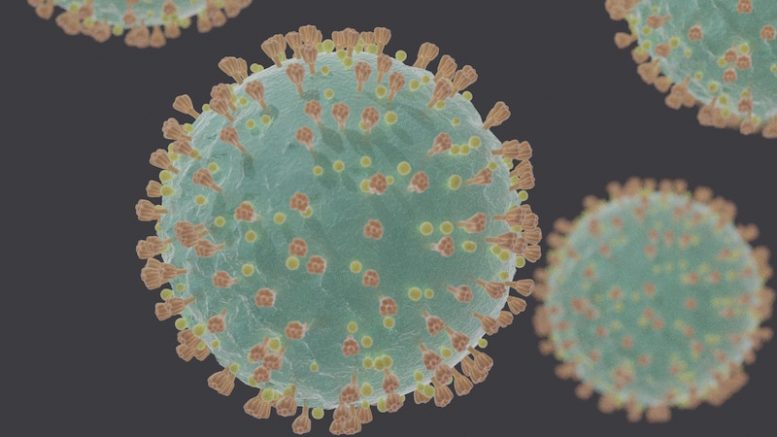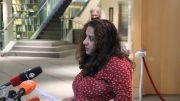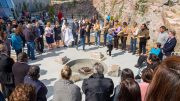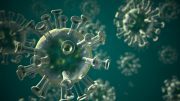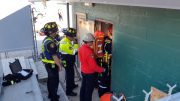It took health officials about 12 hours to inform the public about the first case of COVID-19 in the Northwest Territories.
During a press conference Saturday afternoon, the territory’s Chief Public Health Officer Dr. Kami Kandola said she received confirmation of the case late Friday evening.
She said officials needed more information before advising the public, such as the individual’s travel schedule, dates and symptoms.
“Simply going right from a phone call to public health advisory with no information would elevate panic,” said Dr. Kandola.
She later explained that once health officials do receive confirmation of a case, their priority is to contact the individual and those in close contact with them so they stay isolated.
“That’s the most important public health intervention I can do to protect the public and we need the space to do that,” she said.
Dr. Kandola reiterated that people that are confirmed to have COVID-19 in smaller communities will be notified, however the community in question will not be released to the public.
A travel restriction order kicked in at noon on Saturday, limiting who can come into the NWT (with a few exceptions).
Dr. Kandola said she made the decision to restrict travel before receiving confirmation of the first case of the virus.
It was also revealed that health officials changed the risk of contracting the virus in the territory to high this past week. However, media was not informed, nor was the territorial government’s COVID-19 webpage updated to reflect that information.
“Risk elevation from Canada had changed and our public website needed to be updated,” she said. “It was flagged and we apologize. We will update it right now.”
The change came on Wednesday, March 18, after a rapid increase in the number of cases in the rest of Canada, said Dr. Kandola.
As of time of writing, the webpage says it was last updated on Saturday, March 21, at 4:32 p.m., and there is still no mention that the risk has been elevated to high in the territory.
No symptoms on flight
The individual with the first confirmed case travelled to B.C. and Alberta before flying home to Yellowknife.
CKLB asked if passengers on the flight would be notified.
Dr. Kandola said the individual did not show symptoms of COVID-19 while travelling, only three days after their return.
“We are undertaking the public health investigation as we speak,” she said. “The most important individuals that we are trying to contact right now are individuals who would’ve been exposed while that person was symptomatic.”
She said the risk to contract the virus on the flight would be “relatively low.”
As part of the travel restrictions, anyone returning who has returned to the NWT in the past two weeks, or will be coming back in the future, must self-isolate for the next 14 days.
To enforce this, residents must fill out a self-isolation plan. Dr. Kandola said these will be used to monitor if residents are following the order to self-isolate upon their return.
Someone found in contravention of the order could face a fine of up to $10,000 and six months in jail.
Self-isolation lodging
Part of the order is requiring residents that have returned to the territory to self-isolate in one of the regional centres: Yellowknife, Inuvik, Fort Smith, or Hay River.
This is to ensure travellers who may have the virus can access larger health centres, while also protecting smaller communities.
During the news conference, CKLB asked how the government would help those who do not have accommodations in these regional centres.
Ivan Russel, the manager of public safety emergency measures, said if residents are assessed and need isolation lodging they will have it provided at no cost for 14 days.
Russel and Dr. Kandola each clarified a few exceptions to the travel restrictions, including those for truck drivers: if only staying a short time to unload goods, they can leave and not self-isolate; medical travel: allowed to leave but need to self-isolate upon their return; mine workers: many being screened before flying directly to site.
Overall, the idea is to postpone any non-essential travel out of the territory during the order.
Finally, Dr. Kandola explained that if someone in your home returns to the NWT, they must self-isolate for 14 days.
No one else in that home needs to self-isolate unless they also travelled or if the person who returned has started to develop symptoms, including: fever, cough and difficulty breathing.
If that is the case, everyone in the home should self-isolate until that person receives test results for the virus.
Francis was a reporter with CKLB from January 2019 to March 2023. In his time with CKLB, he had the immense pleasure and honour of learning about northern Indigenous cultures.

